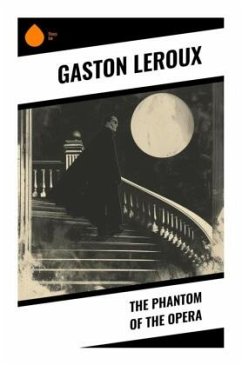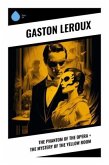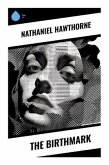Gaston Leroux's "The Phantom of the Opera" is a masterful work that weaves elements of Gothic horror and romance, set against the backdrop of the opulent Palais Garnier in Paris. Through its vivid prose and intricate plot, the novel explores themes of unrequited love, obsession, and the duality of beauty and horror as it delves into the life of a young soprano, Christine Daaé, and her mysterious admirer, the Phantom. Leroux's deft narrative style employs both a first-person and third-person perspective, providing a unique insight into the characters' psyches and establishing a haunting atmosphere that has captivated readers since its publication in 1910. Leroux, a French journalist and novelist, drew on his own experiences and fascination with the theatrical world to craft this enduring tale. His background in investigative journalism allowed him to blend fact and fiction, resulting in a story rich with vivid detail and historical context. Notably, Leroux's interest in the supernatural and the macabre is evident, as he experiments with the boundaries of love and monstrosity, reflecting the societal anxieties of his time regarding identity and the arts. "The Phantom of the Opera" is essential reading for those who appreciate the intersection of romance and horror in literature. Leroux's ability to evoke empathy for both the tragic Phantom and the spirited Christine invites readers to confront their own perceptions of beauty and love. This classic novel remains timeless, continuously inspiring adaptations in various media, thereby cementing its status as a cornerstone of Gothic literature.
Bitte wählen Sie Ihr Anliegen aus.
Rechnungen
Retourenschein anfordern
Bestellstatus
Storno








